Diversity, Inclusion, and Belonging in the Classroom
I was scheduled to present my work titled “Beyond the Syllabus: A Guide to Increasing Diversity, Inclusion, and Belonging in the Undergraduate Economics Classroom” at CTaLE on February 10th. It got canceled because of weather and now probably won’t happen any time soon due to Coronavirus. I’m sharing the slides and resources for anyone interested.
The discussion is around the racial and gender under-representation in the economics profession. I provide educators with low cost classroom management interventions to increase diversity, inclusion, and belonging. The resources shared below are helpful. Please do share any other resources that I should read.
Slides should appear below. Refresh your page if they do not appear
Interested in a copy of the presentation? Email me Abdullah.albahrani@gmail.com

























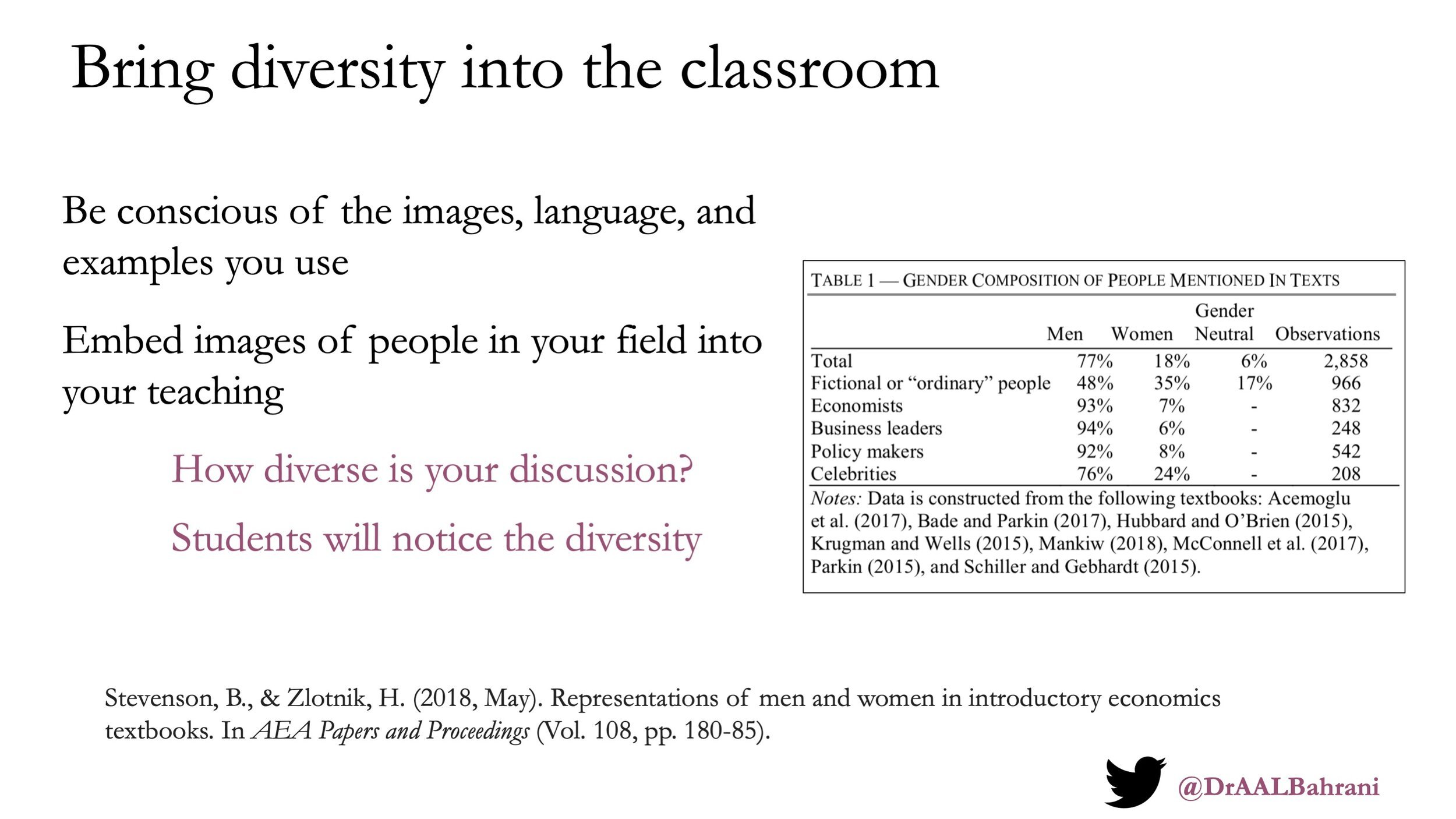

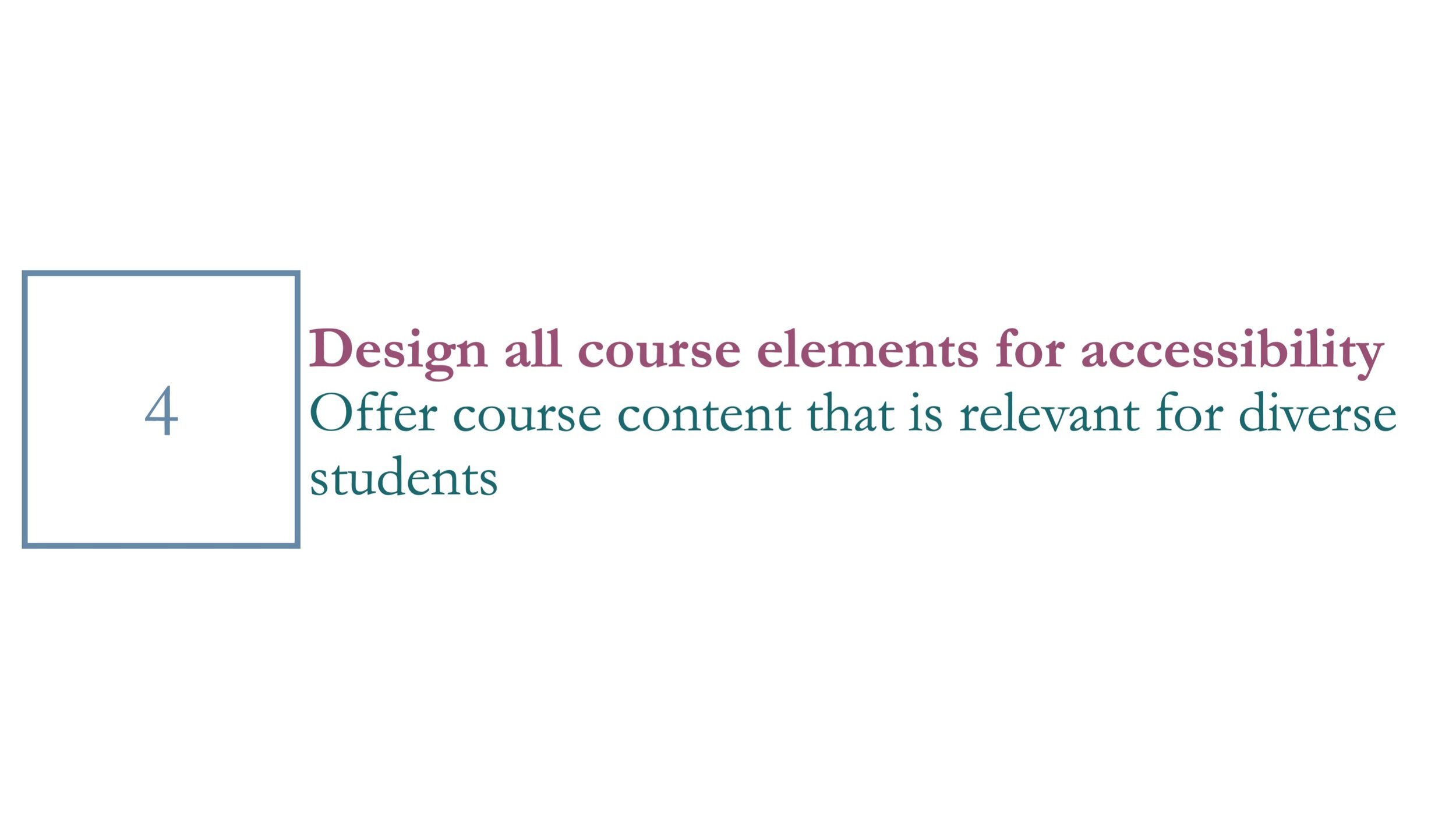


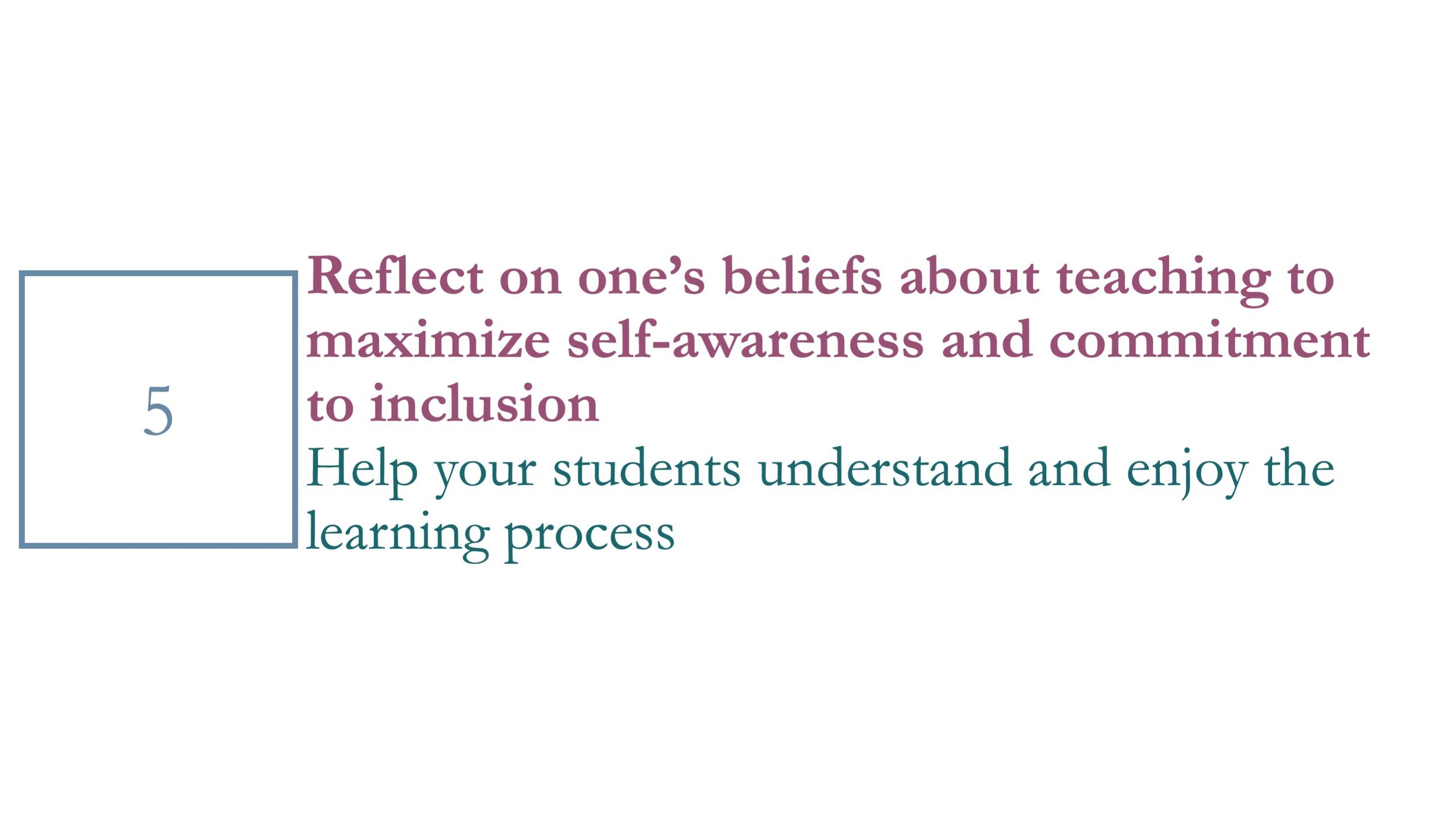


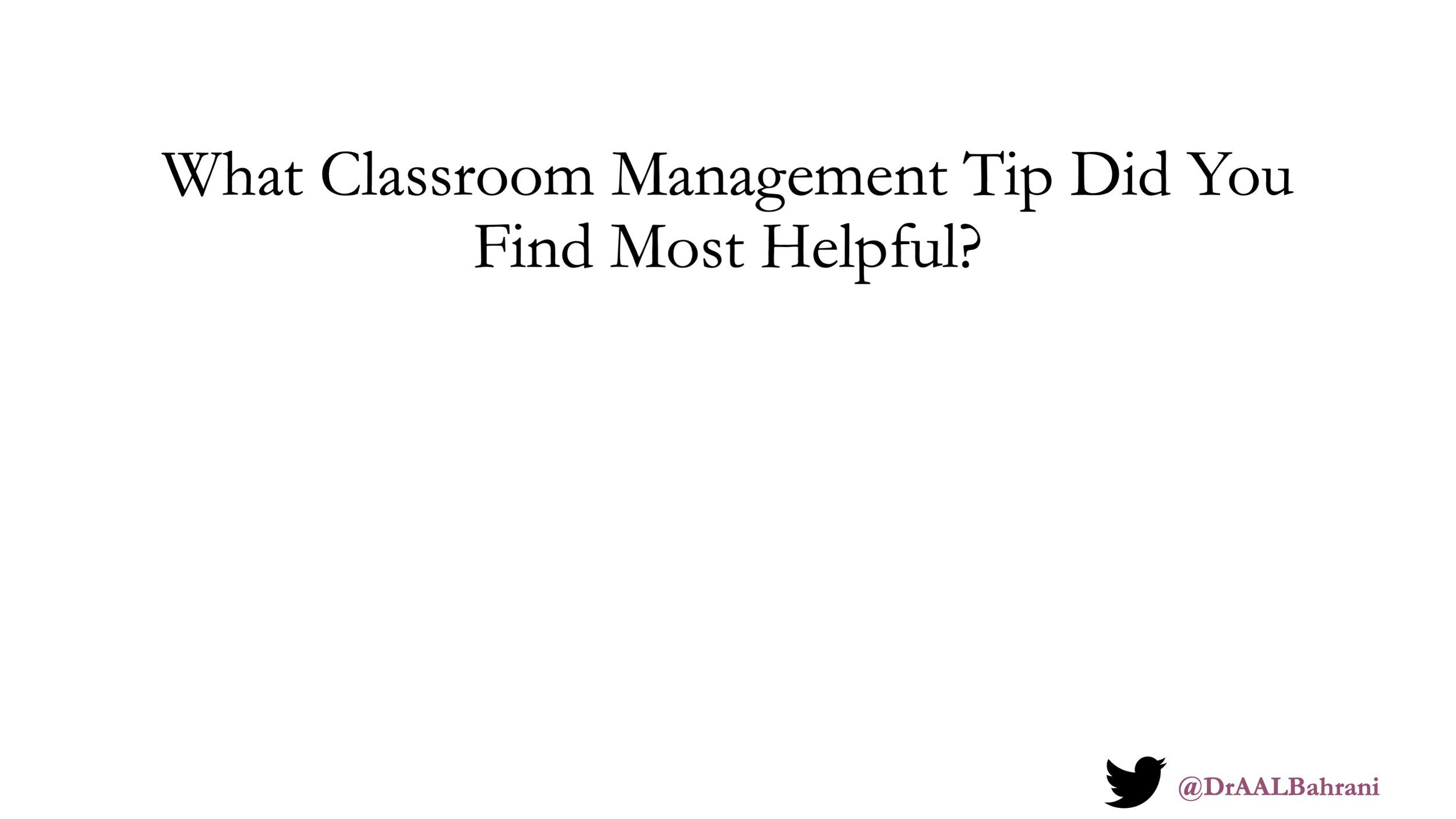
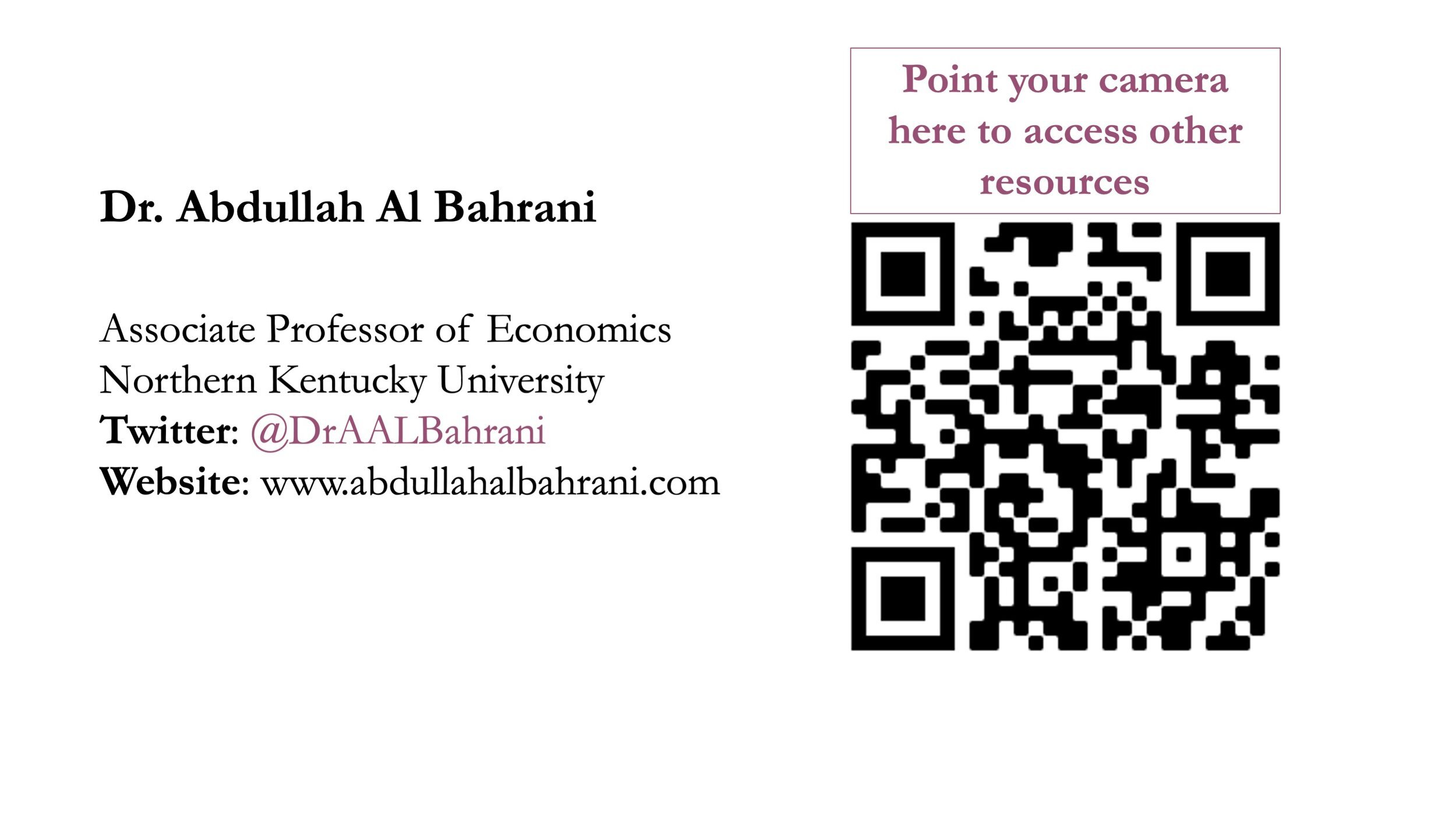
As an educator, what are you doing to cultivate a sense of belonging in academia and in your profession?
Each of these interventions can be used to develop an experimental research agenda to test the impact on belonging in the classroom.
Resources and citations as they are discussed in the presentation:
2018 Report of the Committee on the Status of Minority Groups in the Economics Profession (https://www.aeaweb.org/about-aea/committees/csmgep )
The 2018 Report of the Committee on the Status of Women in the Economics Profession December 13, 2018 (https://www.aeaweb.org/about-aea/committees/cswep)
‘It Was a Mistake for Me to Choose This Field’ NYT article by Dr. Lisa Cook and Anna Gifty Opoku-Agyeman
Federal Reserve Bank of St. Louis Women In Economics Podcast and Symposium
Stefania Paredes Fuentes: Women in Economics at Warwick: What was it about?
AEA Best Practices for Diversifying Econ- Working with Students
Al-Bahrani, A., Holder, K., Patel, P.,Wooten, J. (2016) “ Art of Econ: An Interdisciplinary Approach for Differentiated Assessment”. Journal of Economics and Finance Education 15 (2), 1-16.
You might also be interested in

